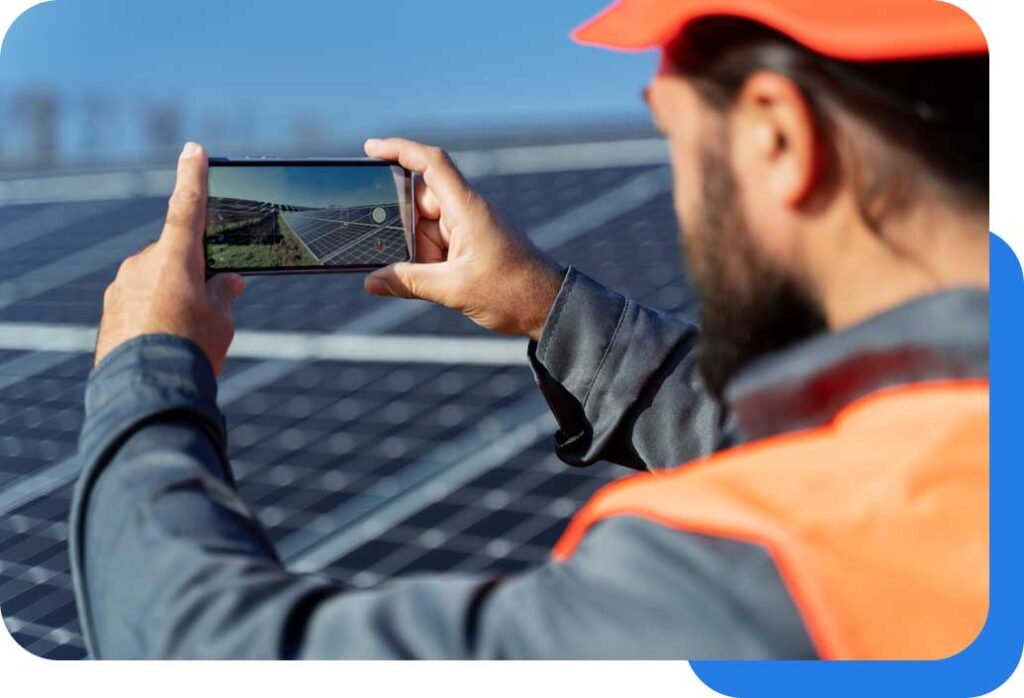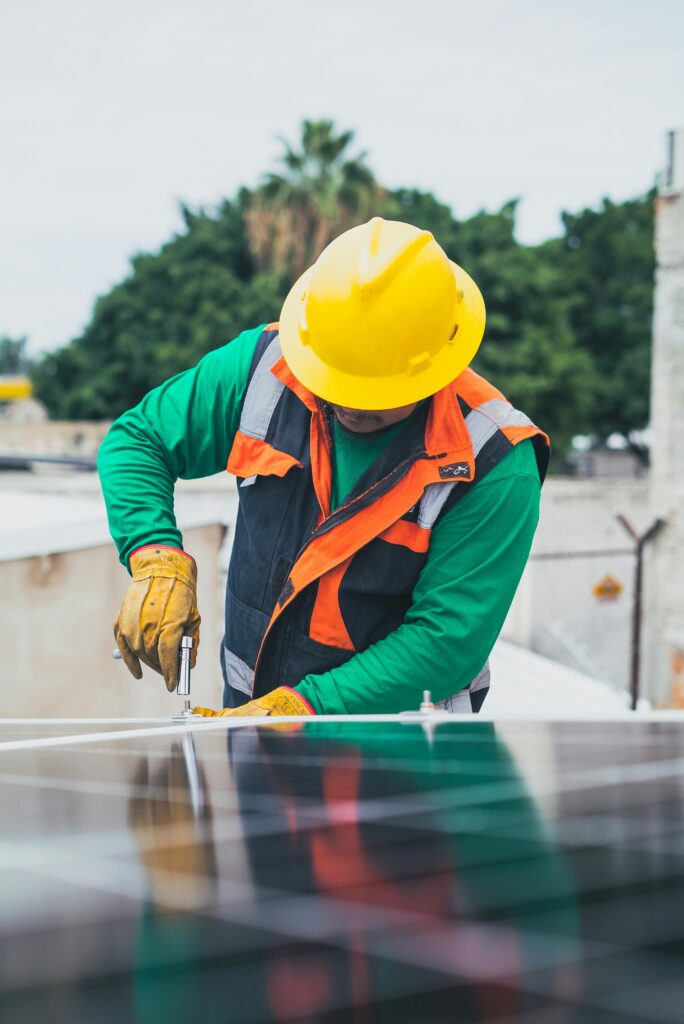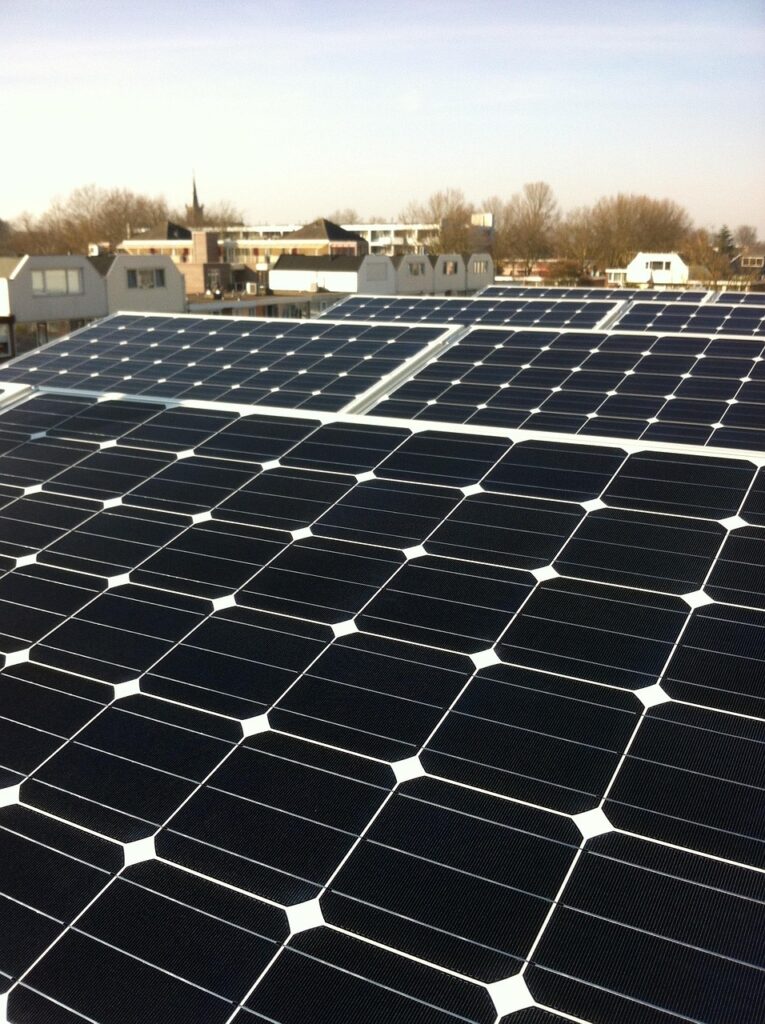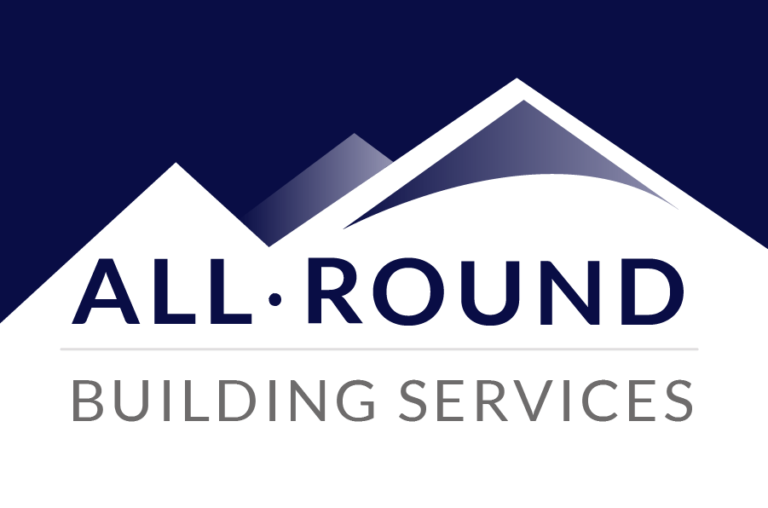Renewable Energy
Sustainability & Environmental Standards in the UK Construction Industry
Facts and Information
Sustainability & Environmental Standards in the UK
The UK is leading the way in promoting sustainability and environmental responsibility in the built environment. With rising climate concerns and energy costs, the government has introduced a range of regulations and initiatives designed to make homes more energy-efficient, reduce carbon emissions, and support long-term environmental goals.

Our Value
Future Homes Standard (2025)
One of the most significant changes is the Future Homes Standard, set to take full effect in 2025. This regulation mandates that new homes produce 75–80% fewer carbon emissions compared to those built under previous standards. To achieve this, homes will
High Performance
High-performance insulation and airtight designs maximise energy efficiency, keeping homes warmer, cutting bills, and reducing carbon emissions.
Low Carbon Footprint
Heat pumps provide efficient, low-carbon heating—slashing emissions and energy costs while keeping your home cozy and eco-friendly.
Reduce Reliance
Ditch gas and fossil fuels—switch to renewables for cleaner energy, lower costs, and a healthier planet.
Support renewal solutions
Solar panels cut energy bills and carbon emissions using clean, renewable sunlight—a smart step toward a greener, more sustainable future.

Renewable Energy & EV Integration
To future-proof housing infrastructure, the UK government is promoting:
Fabric-First Construction Standards – Mandating superior insulation and thermal bridging solutions
Water Recycling Systems – Requiring greywater harvesting in all high-density developments
Biodiversity Net Gain – Compulsory green roofs/walls on urban developments
Smart Grid Integration – Homes must support vehicle-to-grid (V2G) technology
Phase-Out of Gas Boilers – Complete prohibition in new builds from 2025.
Standardized Retrofit Frameworks – For seamless upgrading of existing housing stock
Dynamic Glass Installation – Electrochromic windows in all premium new builds
Modular Construction Mandates – 30% of new social housing to use off-site methods
AI-Optimized Energy Management – Mandatory smart system compatibility
Resilience Standards – Climate-adaptation features like passive cooling
Sustainable Construction Benefits
By complying with these updated environmental standards, developers and homeowners benefit from:
Lower Energy Bills – High-efficiency designs and renewable energy systems drastically reduce utility costs.
Enhanced Indoor Comfort – Superior insulation and airtightness maintain stable temperatures year-round.
Better Air Quality – Advanced ventilation systems minimize pollutants and allergens indoors.
Higher Property Value – Eco-friendly homes command premium prices and attract eco-conscious buyers.
Long-Term Savings – Durable, low-maintenance materials reduce repair and replacement costs.
Green Mortgage Access – Lower interest rates and better terms for energy-efficient properties.
Government Incentives – Grants, tax breaks, and subsidies for sustainable builds and retrofits.
Future-Proof Compliance – Avoid costly upgrades by meeting evolving environmental regulations early.
Reduced Carbon Footprint – Significantly lower emissions compared to traditional construction.
Resilience to Energy Price Shocks – Less vulnerability to fossil fuel market volatility.


